#Symphyta
Photo
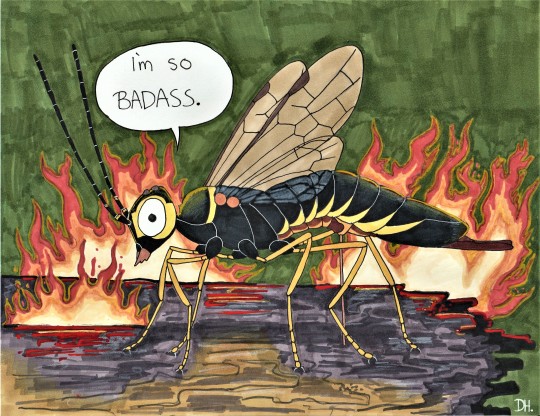
I was today years old when I heard about the incredible Incense-Cedar Wood Wasp. Syntexis libocedrii is the only living species of Symphytan in the Anaxyelidae. It is considered a living fossil since the family has an extensive Mesozoic fossil record. It has the unique ability to oviposit in burnt incense-cedar. The wood is often still smoldering when the sawfly is laying its eggs. Nature is fascinating.
#Entomology#Hymenoptera#Symphyta#Anaxyelidae#Syntexislibocedrii#Fossil#Mesozoic#IncenseCedarWoodWasp#Fire#Wood#Smoldering#Wasp#Wasps#WoodWasp#Sawfly
2K notes
·
View notes
Text
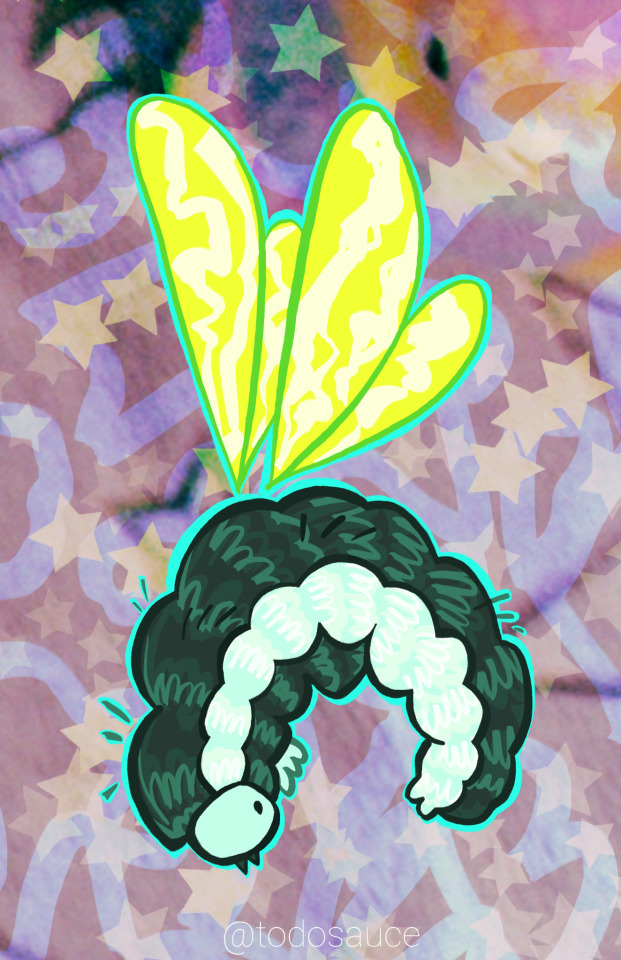
angel
46 notes
·
View notes
Text

the bright side of living in the middle of nowhere as an inat user is that sometimes you just get to do shit like this
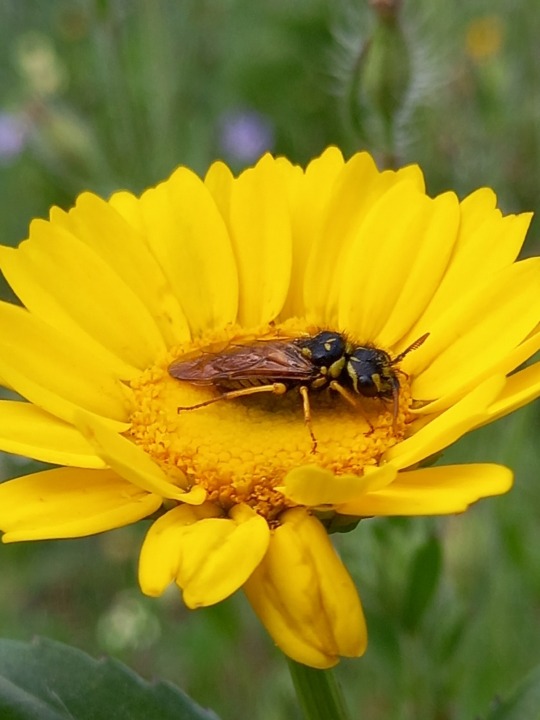
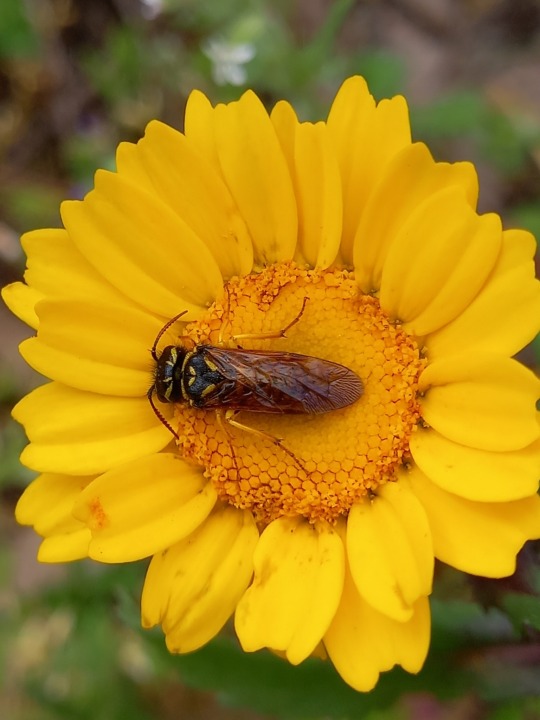

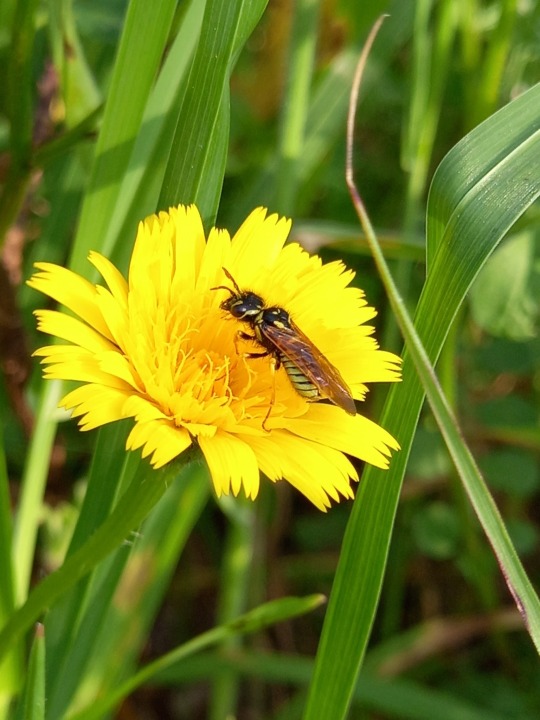
the species in question is Megalodontes capitalatus, by the way. very calm guys, very friendly, not skittish at all, a pleasure to have in class
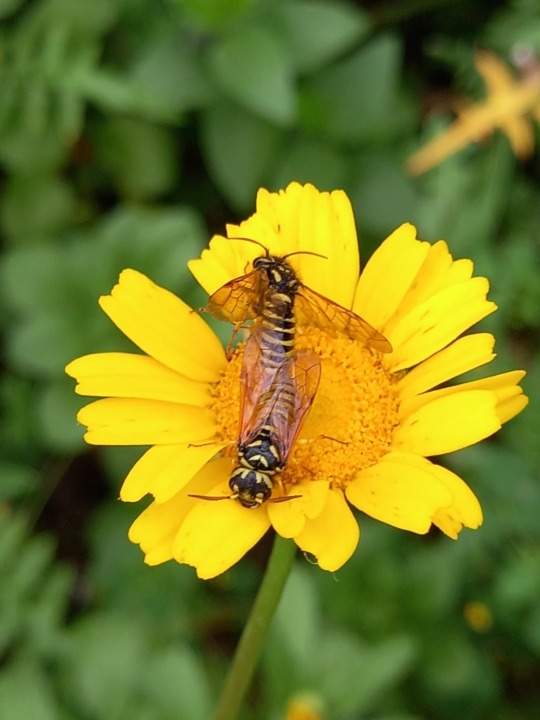
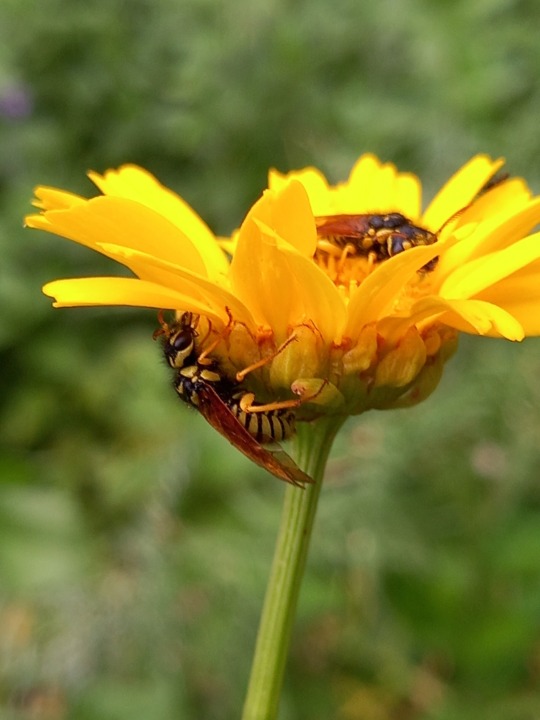
i did interrupt these two while they were up to something but like. the stats, man
8 notes
·
View notes
Photo
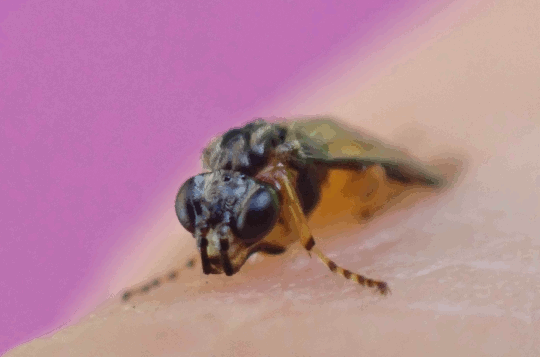
21 notes
·
View notes
Note
Go on then, what’s your most favouritest favourite bug out there? Give us some fun facts about it! =)
I'm really bad at picking favorites tbh!! but i can share some favorite bug facts that stand out to me :-)
sawflies are a polyphyletic group but the one group least related to the rest and more related to the rest of hymenoptera is a cool group called orussidae, which are the only parasitoid sawflies! they're parasitoids of wood boring insects.
there's also like one extant member of some other group of sawflies (Anaxyelidae i think?), at least one extant member in north america, which lays its eggs exclusively in recently burned wood following forest fires in certain habitats. bugguide mentions it's usually only seen by firefighters for this reason
sawflies aren't even my favorites i just thought of them right now so you get sawfly facts
#bugs#sawflies#symphyta#anaxyelidae#orussidae#hymenoptera#i am tipsy so take the full accuracy of these facts with a grain of salt#but :-) yeah#(geiger counter clicks)
2 notes
·
View notes
Photo
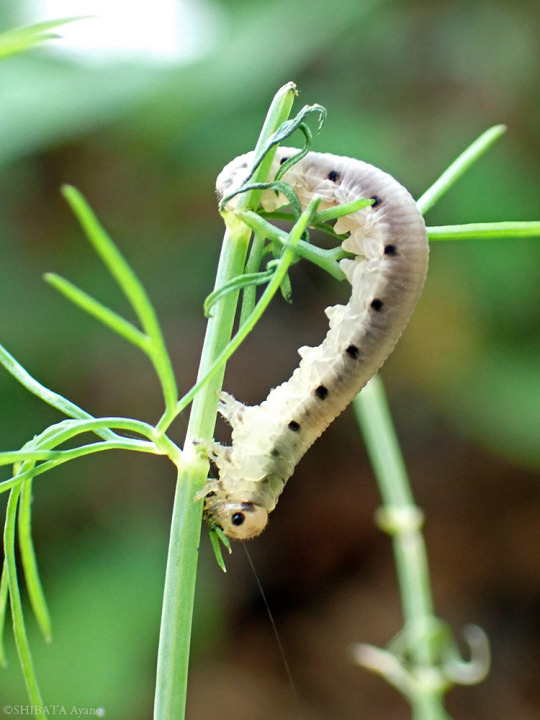
【庭】ディルをうまそうにむしゃむしゃ食っている子がいた。ハバチの幼虫かな。かわいいんだけど、俺のディルを食い尽くすのは許さん。
#幼虫#ハバチ#ディル#庭#larva#larwa#Symphyta#dill#koper#japan#garden#ogródek#昆虫#insect#owady#catapillar#广腰亚目#sawfly#rośliniarki
2 notes
·
View notes
Text
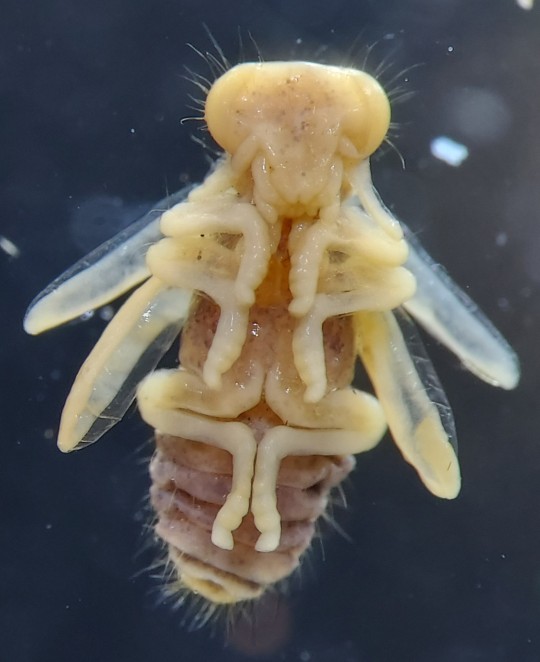
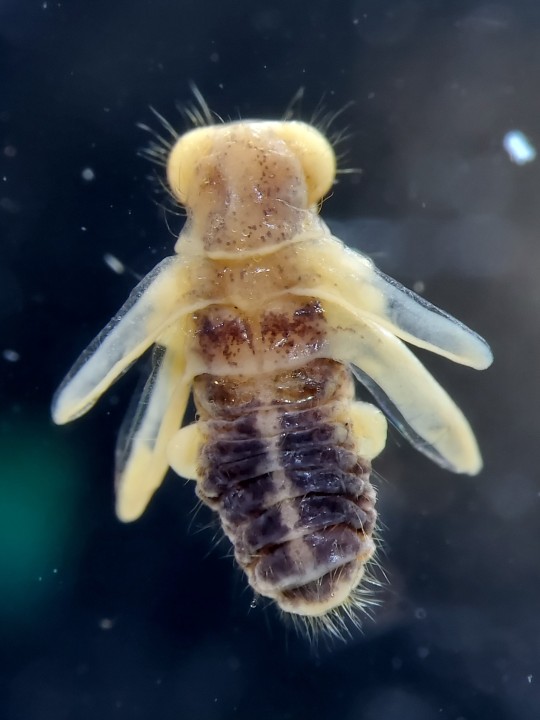
look at this weird little pupa i found in one of my traps. about 4mm long. i think either some kind of symphyta or possibly a neuropteran?
324 notes
·
View notes
Text
WASPS OF THE WORLD - A REVIEW

[Image ID: A photo of the cover of the book 'Wasps Of The World: A Guide To Every Family' by Simon Van Noort and Gavin Broad, a black and white cover with 12 in color photos of wasps of a multitude of different families /End ID.]
Howdy everyone! and happy Wasp Wednesday!
Yesterday, I finished reading through this book, and figured I'd share my thoughts and reasons to recommend it, given how recently published it is as of writing! (February 6th, 2024)
Read under the cut!
So, How Extensive Is It?:
The cover doesn't lie, for the most part, covering every family that one might traditionally consider to be wasps as of the publishing date, and more! Despite being simply titled 'Wasps Of The World', you may be surprised to learn that this book essentially covers all of Hymenoptera, to an extent.
The taxonomically minded of you might expect ants and bees to get at least a passing mention, also being wasps themselves, although their sections are less extensive than other well known families, and the bee families are not covered individually (I cannot yet speak for the quality of these books but this book recommends the publications 'Ants, A Visual Guide' by Heather Campbell and Benjamin Blanchard, and 'Bees Of The World' by Laurence Packer for more extensive reading).
What you might not expect however, is the section on suborder Symphyta, which is to say, sawflies! Each family of this suborder is covered in pages 30 - 59, just as extensively as those in Apocrita (Covered in pages 60 - 233). I must say this was a pleasant surprise!
How Is It Covered? (Extensiveness Continued):
The length of each segment tends to depend on how much is actually known about each family and how unique each species or subfamily is from each other within, and may range from a short paragraph to up to 4 pages. Images, with descriptions, are provided for each family, sometimes just one but usually two or more, as well as a section covering; Distribution (with geographic map), Genera, Habitats, Size, Activity, Reproduction, and Diet
Of course, with the species richness of an order like Hymenoptera, not everything about each family can be covered in a 200+ page book, but this book provides an absolutely fantastic framework of knowledge from nesting and parasitizing behavior, to their vast ecological benefits (or pest statuses in the few cases where applicable), as well as a glossary of some of the more technical terms used (Page 234) and suggested further reading (Page 235)
The book also contains a wonderful introductory section (Pages 6 - 29) covering generally common behaviors, anatomy, diversity, biology, conservation, classification, and even how wasps are photographed! (bonus points for the mention of iNaturalist)
Would I Recommend It?/How Good Is It For Someone Like Me (The Reader)?:
The short answer is Absolutely/Great!
The longer answer is yes, I would recommend it, as already mentioned, it provides an extensive amount of knowledge for those just getting interested in Hymenoptera or entomology in general, and provides plenty in the way of extra information that even someone who's been invested in the study for quite a while may not yet know, including more recent developments in each family's classification.
As the title might suggest, the book may also see some use as a field guide, or as an aid to teach others about wasps!
The book is also relatively cheap comparatively to some textbooks, available for $25 - $30 for an outright purchase
In Conclusion:
This is a wonderful book and I'm very happy with my purchase! It feels weird giving a star rating to non-fiction publications but if I had to give one, it would be
5/5
111 notes
·
View notes
Text
for some reason the convention is ___ (space) fly for true flies, and ___fly for things that aren’t
dragonfly (Odonata), whitefly (Aleyrodidae, hemipterans), sawfly (Symphyta), mantisfly (Mantispidae, neuropterans)
robber fly, fruit fly, flesh fly, small-headed fly, bat fly, snail-killing fly, etc.
188 notes
·
View notes
Text
youre getting into arguments about ships im getting into arguments about whether or not a larvae is a lepidopteran or symphytan (its a symphytan it has >5 prolegs and 1 pair of eyes its SO OBVIOUSLY symphyta but nooooo they id it as lepidoptera)
2 notes
·
View notes
Photo
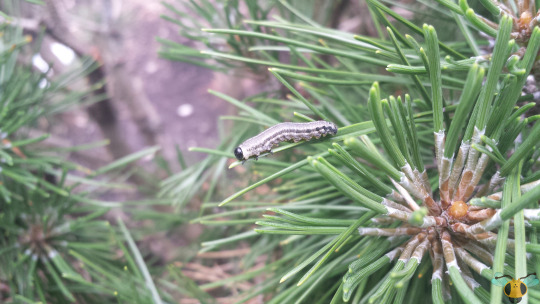

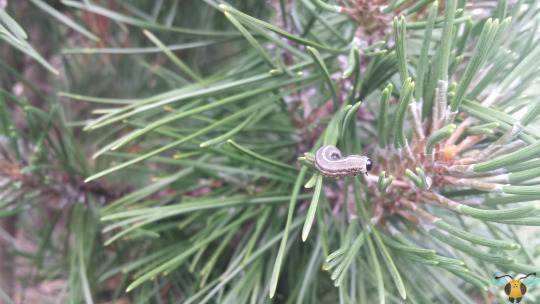

European Pine Sawfly Larva - Neodiprion sertifer
Gonna preface this by mentioning that my identification for this wriggly insect is based on a lot of scrutiny, examination and comparing it to other specimens on Bugguide. And yet, I’m still not certain. Let’s just go with it for now, and if I have to revise due to new findings (not unheard of for my Sawfly catalogue) I will do so. As the name suggests, this insect came to North America from a distant land, but has established itself among the forests. With long lines along the back and side of the body (white and black bordered with white respectively), a white patch behind the black head, 6 black legs and many white prolegs, this larva is conspicuous against the pine needles it explores. Like another Pine Sawfly with a Red Head, this specie also feeds on conifer plants, consuming their foliage and potentially causing problems for the trees it infests. These are reported to have potential to be serious forest pests if their numbers grow out of control. If pine trees get defoliated one can only imagine the damage they would do to pine bushes! Have the hose handy should you find wrigglers among your needles.
Though both this Sawfly and the Red-headed Pine Sawfly feed on conifer needles, they belong to different branches of the Sawfly tree. Interestingly, this specific Sawfly is a true pine Sawfly rather than a Webworm, belonging to the family: Diprionidae (Conifer Sawflies). Which ever member of Symphyta you find, remember this: Sawflies are not Caterpillars (specifically, they are Hymenopterans) so Caterpillar chemicals may not have the intended effect if found on your plants. Though there’s pest potential with these insects, they’re just going what they’re doing. It may be easy to hold them in negative light just looking at the larval form, but there’s great beauty to see in their colorful adult form. I have no adults pictures to share here, but if the research I’ve done is any indication, you’d be surprised. Like the Red-headed Pine Sawfly, the European Pine Sawfly males and females sport different colors: males black and females orange (and both with orange legs). Finally, members of Diprionidae have different types of antennae whether male or female and N. sertifer is no exception: the males have pectinate antennae (think feather-like) while the females have serrated antennae (like small teeth). Take a close look if you are able to find one, and if it’s orange try and find the saw-like ovipositor if you can.
Pictures were taken on June 10, 2017 at the Royal Botanical Gardens with a Samsung Galaxy S4.
#jonny’s insect catalogue#ontario insect#sawfly#european pine sawfly#sawfly larva#european pine sawfly larva#hymenoptera#insect#royal botanical gardens#june2017#2017#entomology#nature#invertebrates
7 notes
·
View notes
Text
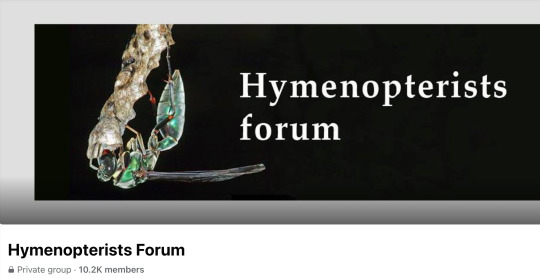
Hymenopterists Forum is a facebook group I created on January 4th 2013. My goal was to bring the Hymenoptera experts together and help build a friendly community to help with IDs and share insight and knowledge. Most ID requests and questions get answered, and people are very passionate about sharing their knowledge with others. The forum covers Hymenopterans from all over the world, and of course when posting an ID request, location is absolutely required! Every now and then, someone will post a picture or several pictures of a really unique-looking bee, wasp, ant, or even sawfly! It always makes me so happy to discover new/weirdo species that I had never seen before! Feel free to join if you are interested! New and keen members are always welcome! :)
#hymenoptera#insect#entomology#wasp#wasps#aculeata#apocrita#parasitica#ants#bees#sawflies#ant#bee#sawfly#HymenopteristsForum#symphyta
16 notes
·
View notes
Text
Animal practice 37

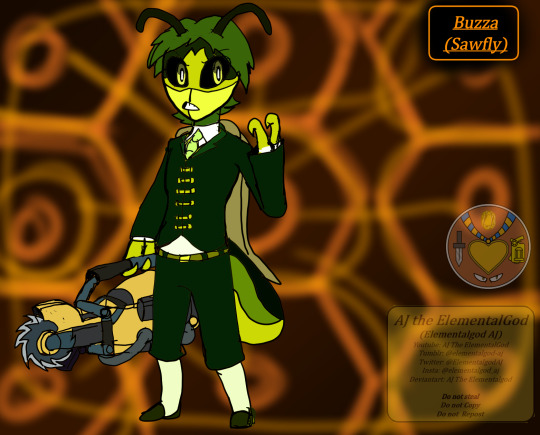

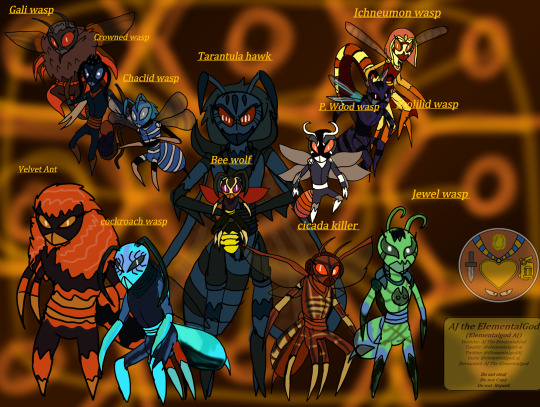


Panarthropoda
Arthropoda 4
Hexapod 4
Hymenoptera 1
Emorossa (Ant/Bee/wasp/termite hybrid)
Symphyta
Buzza (sawfly)
Wild wasps
Crimson the abominable (wild wasp)
Orussoidea
Parasitoid wood wasp
Stephanoidea
Crowned wasp
Ichneumonoidea
Ichneumon wasp
Cynipoidea
Gall wasp
Chalcidoidea
Chalcid wasp
Chrysididae
Jeweled wasp
Mutillidae
Velvet ant
Pompiliidae
Spider wasp/Tarantula hawk
Scoliidae
Scoliid wasp
Ampulicidae
Cockroach wasp
Crabronidae
Cicada killer
Beewolf
#the watchful eye#watchful eye#my oc#my ocs#my art#elementalgod aj#aj the elementalgod#isle 0#toonverse oc#o'kong family#neo demons#earthdemons#anthro allies#panarthropoda#arthropods#hexapods#insects#Hymenoptera#sawfly#wild wasps#spider wasp#velvet ant#cicada killers#beewolf#cockroach wasp#jeweled wasp#ichneumonid wasp#bees#ants#wasps
4 notes
·
View notes
Text

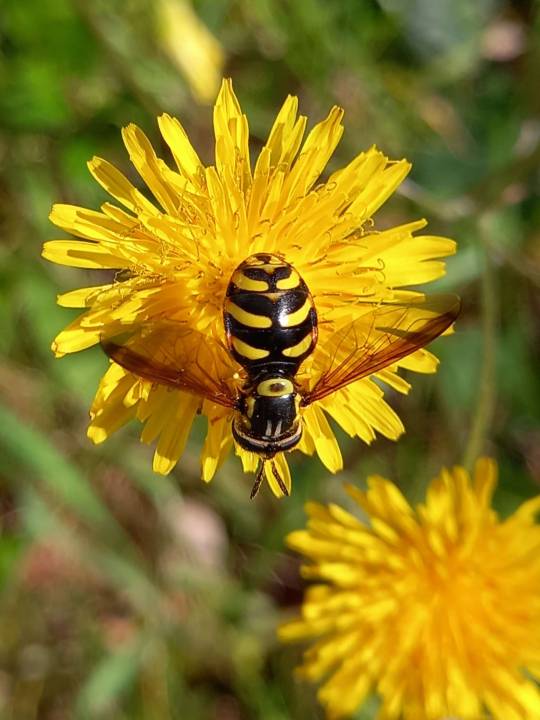
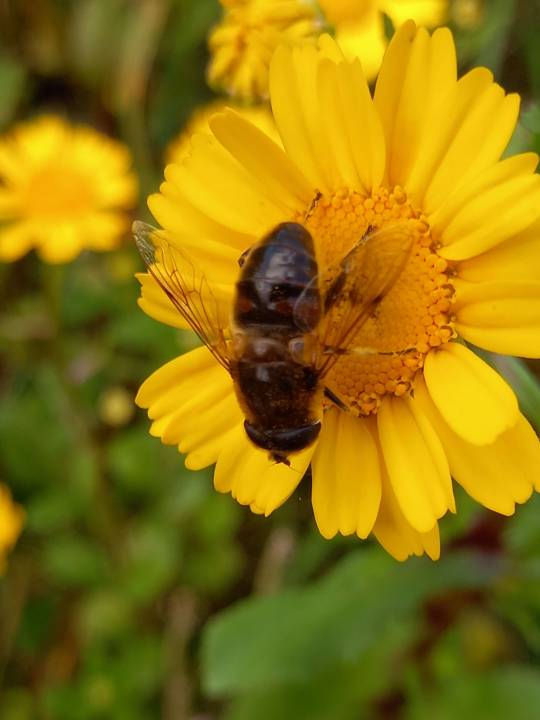
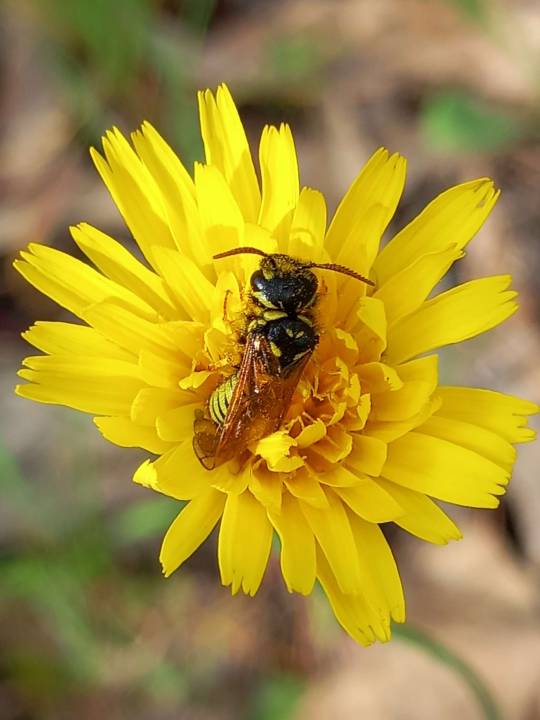
happy first day of april, here are some wasps and bees. you don't want to prey on them because they have powerful defenses and you're very scared
(Scaeva pyrastri, Chryosotoxum sp., Eristalis tenax, Megalodontes capitulatus)
#my pics#bugs#entomology#insects#flies#hoverflies#diptera#syrphidae#sawflies#hymenoptera#symphyta#wasps#bees#mimicry
4 notes
·
View notes
Text
La période de mulching des prairies forestières a un impact sur la diversité des insectes
See on Scoop.it - EntomoNews
Mulching is a possible management method for forest meadows and is important to their upkeep. During the process, the meadow is cut and the cuttings are shredded and left on the meadow. Despite its significance, the effects of this method on insects living in this habitat has rarely been studied up to now.
Mulching time of forest meadows influences insect diversity
March 1, 2023
by Albert-Ludwigs-Universität Freiburg im Breisgau
-------
NDÉ
Traduction
Le mulching est une méthode de gestion possible pour les prairies forestières et est important pour leur entretien. Au cours de ce processus, la prairie est coupée et les résidus de coupe sont déchiquetés et laissés sur la prairie. Malgré son importance, les effets de cette méthode sur les insectes vivant dans cet habitat ont rarement été étudiés jusqu'à présent.
Maria M. Georgi, de l'équipe travaillant avec la directrice de la chaire de conservation de la nature et d'écologie du paysage de l'université de Fribourg, la professeure Alexandra-Maria Klein, et ses collègues ont étudié cette question en profondeur. Les résultats montrent que presque toutes les périodes de mulching examinées ont eu un impact négatif sur les larves d'insectes et les insectes visiteurs de fleurs que l'on trouve dans les prairies forestières.
Mme Georgi déclare : "La gestion est importante pour le maintien des prairies forestières. C'est pourquoi nous proposons que d'autres types de mulching soient appliqués à l'avenir pour améliorer la conservation des insectes qui y vivent si aucune autre méthode, telle que la coupe, ne peut être appliquée."
Les prairies sont importantes pour la forêt ; le mulching est important pour les prairies
Les prairies forestières sont souvent gérées de manière à attirer le gibier. Cela permet de réduire le broutage des jeunes plantes (feuilles et brindilles) dans les bois environnants. La gestion est nécessaire pour conserver les prairies forestières. Sinon, la forêt s'étendrait de plus en plus et la prairie disparaîtrait.
Comparé à d'autres méthodes, le mulching est plus efficace en termes de coût et d'intensité de travail. Au cours du processus, la prairie est fauchée et les résidus de coupe sont déchiquetés et laissés sur la prairie. Bien que l'impact de la fauche sur la diversité des plantes et des insectes ait fait l'objet d'études approfondies, c'est l'inverse qui s'est produit jusqu'à présent pour le mulching.
Examen de quatre périodes de mulching
L'étude a été menée sur 24 sites dans le nord de la Forêt-Noire. L'accent a été mis sur les larves d'insectes et les insectes visiteurs de fleurs. Les chercheurs ont examiné l'impact des différentes périodes de mulching sur ces insectes. Six sites ont été désignés comme groupe de contrôle. Ils n'ont pas été mulchés. Ils ont été comparés à six prairies qui ont été mulchées soit en juin, soit en septembre, ainsi qu'à six autres prairies qui ont été mulchées à la fois en juin et en septembre.
En ce qui concerne les larves d'insectes, les tenthrèdes (Symphyta) représentaient 45% de la population étudiée, les papillons (Lepidoptera) 44%. Les syrphes dominent les insectes visiteurs de fleurs. Ils représentaient une part de 80%.
Le mulching de septembre protège les insectes visiteurs de fleurs
Pour les larves d'insectes, les trois périodes de mulching étudiées ont eu un impact négatif sur le nombre de larves par rapport au groupe témoin. Les résultats sont similaires pour les insectes visiteurs de fleurs. Ici, le mulching en juin, ainsi que le mulching en juin et en septembre, ont eu un impact négatif sur le nombre d'insectes dénombrés.
En revanche, le paillage de septembre n'a eu aucun impact sur les insectes visiteurs de fleurs. Georgi conclut : "Sur la base de nos résultats, nous pouvons recommander le mulching en septembre afin de protéger les visiteurs de fleurs."
Impacts sur la conservation des insectes
Dans une étude publiée en novembre 2022, les chercheur·euses ont également étudié l'impact des périodes de mulching sur les nids des abeilles solitaires et des guêpes qui vivent dans des cavités au-dessus du sol. Le mulching en juin seulement est le meilleur pour leur protection. Dans l'ensemble, les résultats des deux études indiquent qu'aucune recommandation générale ne peut être faite sur les périodes de mulching. La conservation des prairies forestières est importante pour la préservation de la diversité biologique et la gestion de la forêt environnante. La gestion des prairies est donc également importante.
"La gestion visant à maintenir la diversité biologique doit trouver un équilibre entre la diversité des plantes et celle des insectes", explique Mme Georgi. "Des broyeurs d'herbe respectueux des insectes ou la pratique de périodes alternatives pourraient être de meilleurs moyens d'atteindre ces deux objectifs."
L'étude
Mulching time of forest meadows influences insect diversity - Georgi - Insect Conservation and Diversity, 14.02.2023 https://resjournals.onlinelibrary.wiley.com/doi/full/10.1111/icad.12629
0 notes
